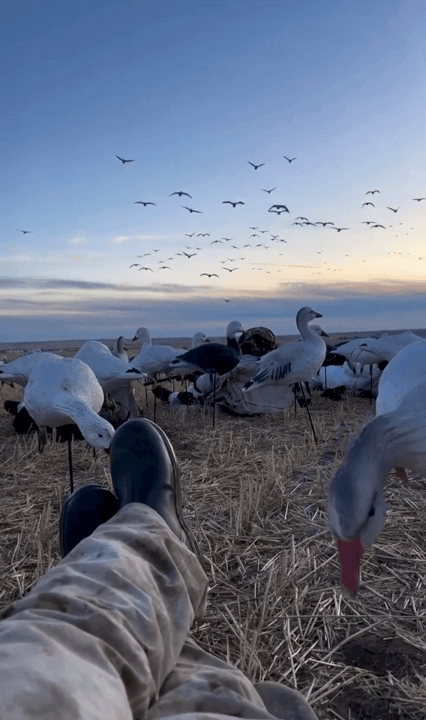
Mopti’s Wild Heart: Exploring the Inner Niger Delta’s Wetlands and Wildlife for an Unforgettable Hunting Adventure The Mopti Region, located in central Mali, is a unique hunting destination known for its Inner Niger Delta, a vast wetland ecosystem teeming with wildlife. This guide provides essential information for hunters interested in exploring this remarkable region. Nature’s Blueprint: Geographical Insights for Hunters The Mopti Region is defined by the Inner Niger Delta, a sprawling network of lakes, rivers, and floodplains. This wetland, one of the largest in Africa, supports a rich diversity of flora and fauna. The region's landscape includes savannahs, marshes, and riverine forests, creating ideal habitats for a variety of game species. The dry season (November to April) is the best time for hunting, as water sources shrink, concentrating wildlife and making tracking easier. Who Hunts Here? A Demographic Deep Dive Exact numbers of hunters in the Mopti Region are not well-doc
Post: 7 July 20:41














































